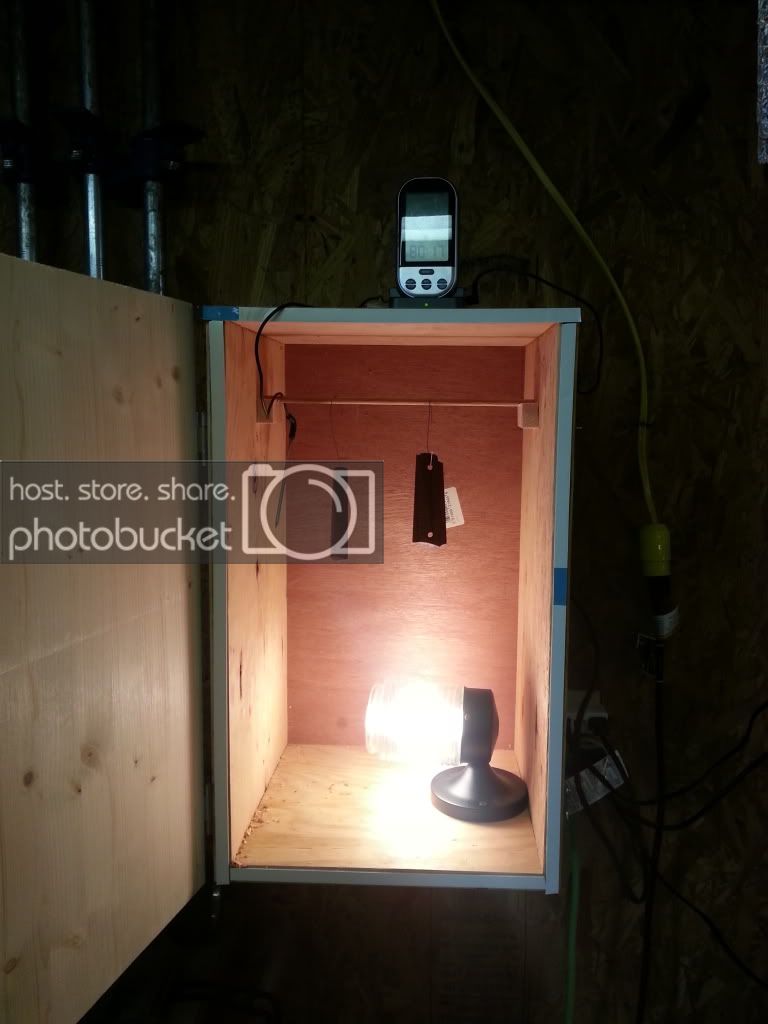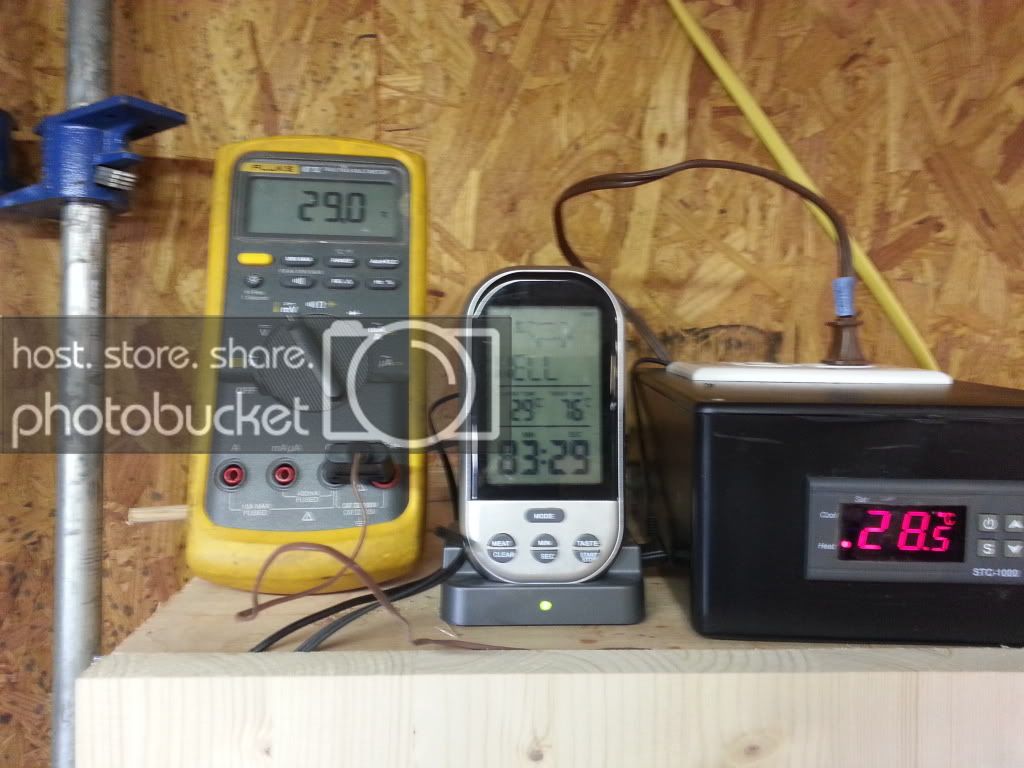awood6971
Member
I'll get right to the point here. I'm thinking about building a box with a hinged front and a heat lamp, like the kind you'd use to keep baby chicks warm, on top of it to keep the inside of the box hot. Then I could put my PR molds inside and keep them warm while the PR gelled and set. I do not have the luxury of a heated shop and I simply cannot pour inside the house. So this seems like my only option during the cold months. All thoughts, comments and suggestions appreciated. Thanks.


